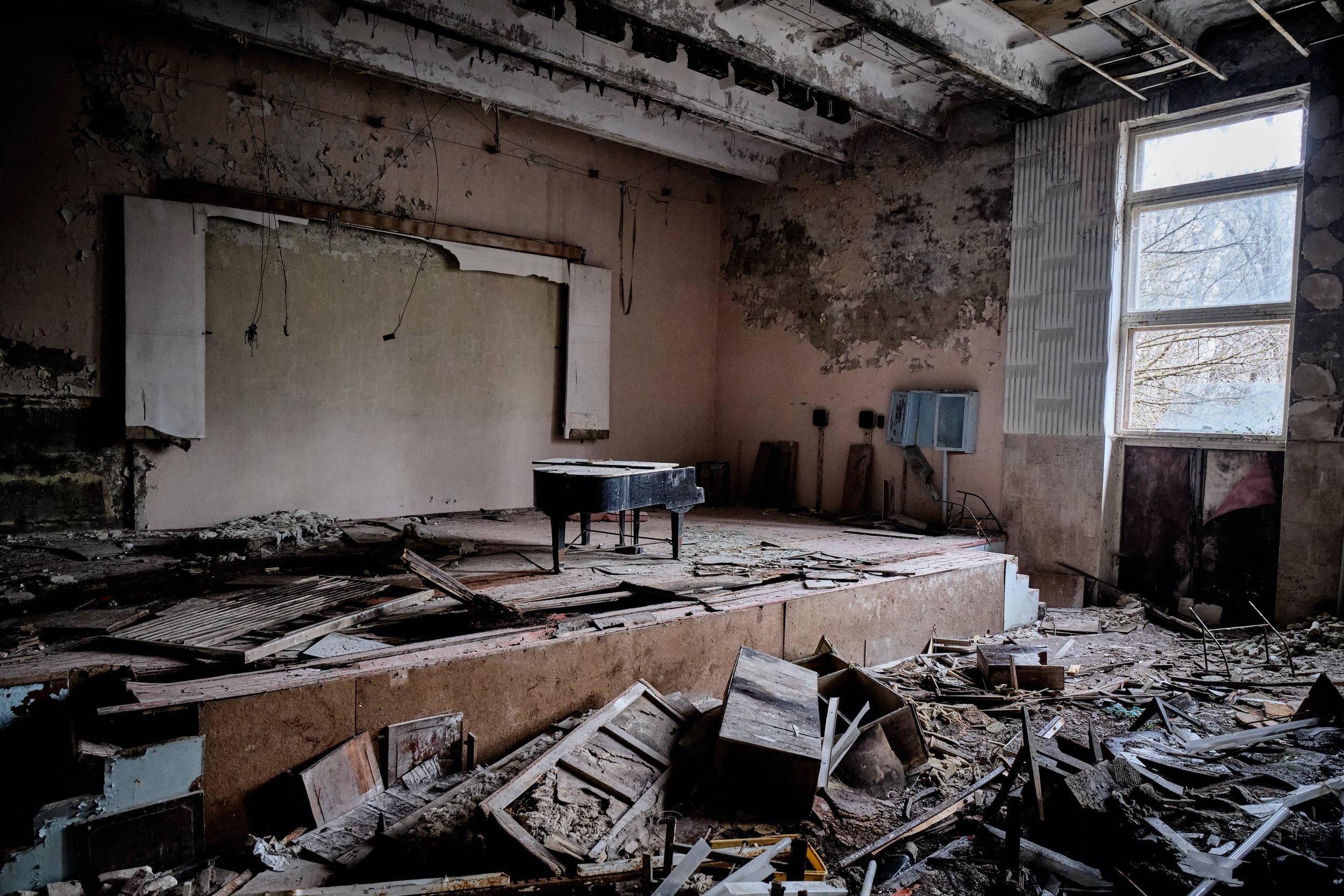The Aesthetics Wiki defines a liminal space as “a location which is a transition between two other locations, or states of being. Typically these are abandoned, and oftentimes empty - a mall at 4am or a school hallway during summer, for example. This makes it feel frozen and slightly unsettling, but also familiar to our minds.” In the Before Times when I used to examine in the US, one of my favorite free-time activities was seeking out malls to walk through and experience the feeling of familiarity, dislocation, loss, but at the same time an indefinable, barely perceptible comforting feeling of the past that imbues the present.
Since the start of the pandemic, this type of feeling has become familiar to many of us, especially with so many abandoned public places which were so recently full of people and activity. On Reddit there are active communities for liminal spaces and even dead malls (my personal favorite). Venkatesh Rao in his 2021 roundup suggests that the entire blogosphere now feels like a liminal space.
John S. Gray explores the sonorities of a familiar but long-gone piano in L&R 3.75. A short program note:
Original tracks recorded spring 2002 on an old 1904 Gourlay upright in Cape Breton. Piano subsequently destroyed in a house fire. Sounds digitally re-arranged and re-imagined in December 2021.
For more explorations of liminality in music, have a listen to The Caretaker’s Everywhere at the end of time, a 6-hour work that chronicles the stages of dementia, as well as Burial’s In McDonald’s, a two-minute ambient song that uses the sample of an unreleased fragment from Aaliyah, who died tragically 20 years ago.
(Image courtesy of Mick De Paola on Unsplash)
